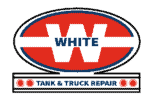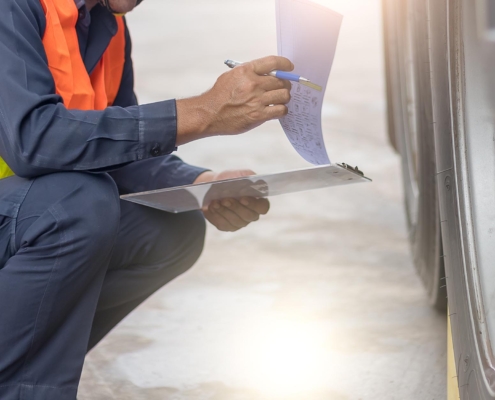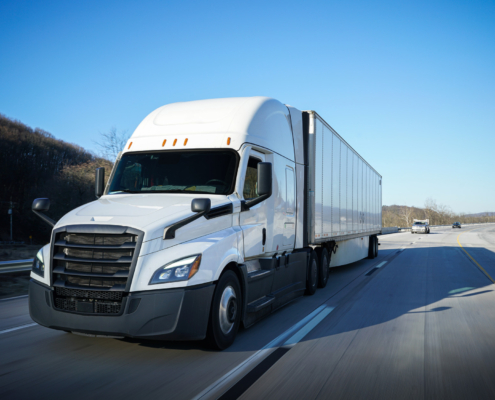Wet Line Kit for Semi Installations: Considerations for 2 or 3-Line Kits
When it comes to wet line kits for semis, there’s often a decision to be made: Should you go for a 2-line or 3-line wet kit? In this blog, we will explore the key differences between 2-line and 3-line wet kits, their respective benefits, and the scenarios in which each is best suited. Understanding these differences is essential for decision-makers in the trucking industry who are tasked with outfitting their fleets for maximum performance and safety.












